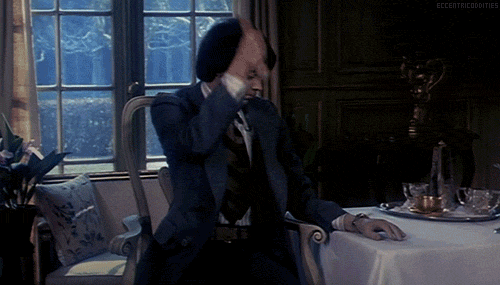Happy Thursday, friends!

Cutting off your hand to spite your arm? Dunno, I’ll workshop it, doesn’t have the same ring as “cutting off your nose to spite your face”
You might have noticed a shift in the media around the capitalization of the word “Black” as it pertains to the race of people. I’m going to do my best to implement this across my own writing and be conscious of it — though, as you’ve likely noticed from reading this long enough, I am only human and make not infrequent typos. But if you want to know the why beyond the what, I’d recommend Elahe Izadi’s breakdown in The Washington Post. Here’s the key graf, to me:
“Black with a capital B refers to people of the African diaspora. Lowercase black is simply a color,” wrote [Lori] Tharps, a journalism professor at Temple University. In an interview Thursday, she said noted that she is making the same demand that Du Bois did nearly a century ago: “We are a community of people who deserve to be reference with the capital letter. We are not speaking of people’s skin color, we are speaking of a culture.”
While White Fragility is still backordered pretty much everywhere, Jimmy Fallon — yes, you read that right — hosted author Robin DiAngelo last night if you’re still looking to engage with the ideas. You should still read the full book (it gets my full recommendation!) but this is a good primer for what’s in store. Thanks to Ava DuVernay’s Twitter for bringing this appearance to my attention:
Also, piggybacking on my Juneteenth note from yesterday — if you’re looking to incorporate any action into your day, I’d recommend making a purchase from a Black-owned business tomorrow. According to reporting in The New York Times, “Coronavirus Is Hitting Black Business Owners Hardest.” You know, in case you needed another illustration that a history of racist policies results in race-based disparities. (And if you’re unsure of where to start looking, there are a lot of good resources at this site that a coworker shared with me today!)
Finally, it wouldn’t be a newsletter without another reminder of matching donations! (Details, including an updated list of supporting organizations are HERE.) If you’re feeling charitable today, tomorrow or any time in the immediate future, just let me know where you’d want the money to go when you send it my way. I’m also happy to provide receipts for you in case you’re worried the money won’t actually make it into the right hands!
Now, what you came for…

DAY 98: Harold and Maude (available on Amazon Prime and HBO Max)
I say this not to trivialize the ongoing “normalize being wrong” movement going on around much more important topics … but y’all, I’m ready to admit that I was wrong on Hal Ashby’s Harold and Maude. I don’t know why I didn’t like this movie when I watched it many years ago (I think in college?), but let’s not worry about that now. I’m fully on board now. If you want to know what your boy Wes Anderson was watching that inspired him to make such nice cinematic dioramas in which he unfurls a twee little story, this is the source. It’s also an inspiration for pretty much any filmmaker who’s made an off-beat indie comedy … and weirdly, Fight Club? You’ll see.
(Before I get too deep in discussing Harold and Maude, I do want to make sure that I give a content warning around suicide for the film. The treatment of the issue is humorous — again, you’ll see — but in case that’s triggering to you, please approach with caution.)
The film opens with the first of many fake suicide attempts by the young Harold (Bud Cort), which has apparently become so frequent in his palatial manor home that his mother can’t even be bothered to feign shock or concern. You’ll figure out quickly if you find the film’s blasé, darkly humorous approach to Harold’s fascination with death off-putting or enticing. He’s a clear oddball whose macabre proclivities render him almost entirely unfamiliar a figure … and yet, Harold instantly scans as recognizable for anyone whose contempt for the niceties of polite society can tip over into outright disdain. Harold’s elaborately staged suicides of the dates his mother sets up with eligible bachelorettes, captured cleverly by cinematographer John Alonzo, comfortably establish him as a benignly merry prankster.
Just because you’re an outcast, though, does not mean you have to be alone. The great joy of Harold and Maude comes from whenever he finds a kindred spirit in Ruth Gordon’s Maude, a 79-year-old firecracker who shares Harold’s habit of funeral-hopping. Her fixation on death does not inhibit her zest for life, and the powerful pull of Maude’s free spirit brings Harold into her orbit. Their gleefully misanthropic adventures are the stuff of black comedy gold, executed with such impeccably staged visual and physical panache that it could make silent stars like Chaplin blush. It doesn’t even feel too weird when their relationship snowballs into a May-December romance! Again, it might sound weird to read, but it makes total sense when you’re wrapped up in the unique, bizarre universe Hal Ashby creates on screen. To say too much more only takes away from the magic of something you really need to see and feel.
Be good to yourselves and to each other,
Marshall



